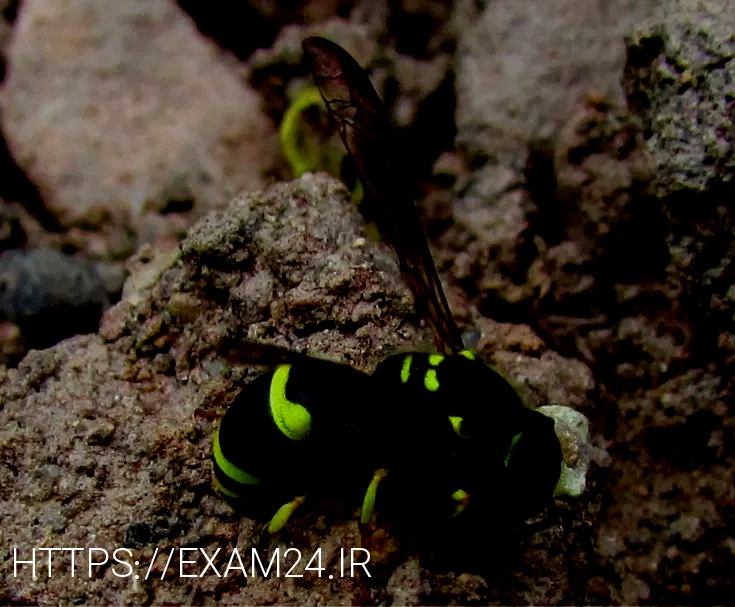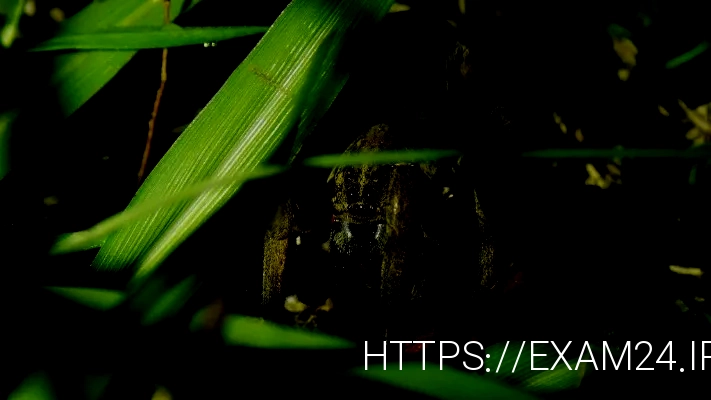Big Cats: Way of Life & Behaviour FOUR PAWS International Animal Welfare Organisation
Hundreds of peer-reviewed journal papers, doctoral dissertations, government reports, and magazine articles over the past century contain reports of cat diets around the world, but until now, the information had never been fully synthesized and laid out. So his team, comprising researchers from North America, Europe, Australia, Doeat.top What do animals eat in the rainforest and New Zealand, pulled every report of cats eating things they could find, and added each species listed as cat food to a database. “But it was needed.” Finding out exactly what animals are affected by cats will inform future conservation and policy, hopefully keeping both at-risk species and loving pet owners happy.

From the awe-inspiring ligers and tigons to the lesser-known serval hybrids, these creatures raise critical questions about the welfare of hybrids, the impact on conservation efforts, and the legal and ethical dilemmas surrounding their existence. In the realm of big cats, hybridization is a captivating yet ethically and conservationally complex topic. The hybridization between caracals and servals is relatively rare in the wild, primarily due to their differing ranges and behaviors.
While cats sometimes might be the top predators in their environments, some of the animals they prey on are also predators, like rats. The predators who fall lower on the food chain are called mesopredators. They prey on certain speciesin the case of rats, small or fledgling birds and bird eggswhile being prey to larger predators themselves. Opponents of TNR often call for cats to be trapped and killed or relocated to protect wildlife. Since there is no evidence that cats are a species-endangering threat to any of our bird species, there’s no foundation for calls to remove and/or kill outdoor cats from the American landscape. Cats play a complex role in local ecosystems and cannot simply be removed from any environment without consequences.
While there are owners of big cats who go out of their way to provide appropriate housing and diet and have no problems, there are countless others who are misguided in their expectations and ability to provide the proper care. By joining our email list, you will receive the latest conservation updates, exciting stories from the field, our monthly newsletter, and more. Whatever your method of evaluation is, make sure you cherish and strive to protect all cats, big and small. Hopefully, we can find new and confusing ways to classify these cats for years to come. The Felidae family comprises various species, each adapted to its specific ecological niche.
By the end of the twentieth century, there was a new paradigm in wild cat genetics. The problem is that not all cats who don’t roar are all that different from big cats. Snow leopards actually have that hyoid bone, but can’t roar (and also make intermediary sounds that are not heard in small cats). You can assume a small cat purrs, but no one has ever really heard a sand cat purr (though a lactating female is highly likely to purr to her kittens), according to Panthera’s Jaguar Program Director Howard Quigley and Breton. And as you’ll see, even some non-roaring cats, like cheetahs and pumas, made their way into the “big cat” label, by virtue of their size and ecological roles, even though these two large species purr. Hybridization between jaguars and tigers is a natural occurrence in regions where the ranges of these two big cat species overlap.
Here we fill these knowledge gaps about a globally distributed invasive species by constructing and evaluating the largest database of cat diet to date. Specifically, we quantified the diet of free-ranging domestic cats throughout the world by taxonomic group, island versus continental location, conservation status, body masses of diet species, and the approach used to document the dietary items. First, for the purposes of this study, we only considered studies in which predation or scavenging were documented and did not record any anecdotal or secondhand reports of consumption. Second, even in studies that passed our evidentiary bar, the taxonomic resolution for many small mammals, insects, and reptiles was not consistently determined beyond genus or order due to the difficulty in identifying such species.

For centuries, big cats have been considered some of the Earth’s most fascinating creatures. Cheetahs, which do not have retractable claws, are in their own genus, called Acinonyx. Big cats are found around the world in habitats as varied as mangrove swamps in India to wooded forests in the western U.S.

While hybrid big cats can be visually captivating, they often face unique health challenges. Due to the growth of zoos and captive breeding operations, lions and tigers occasionally mate accidentally. Yet, the current Indian cat populations are so severely depleted that interbreeding may no longer occur, and prior spontaneous hybridization may be impossible to confirm. Unlike jaguars that primarily occupy the Americas, lions are native to the grasslands, savannas, and open woodlands of Africa. These cubs displayed physical traits from both parent species, such as a jaguar’s rosette pattern and a leopard’s overall body shape. For instance, a first-generation hybrid (F1) results from the crossbreeding of two different species, while subsequent generations (F2, F3, etc.) may involve further hybridization or breeding with one of the parent species.



